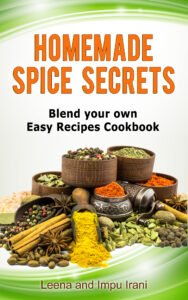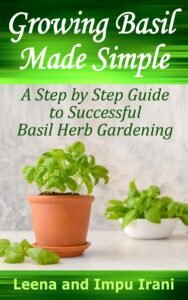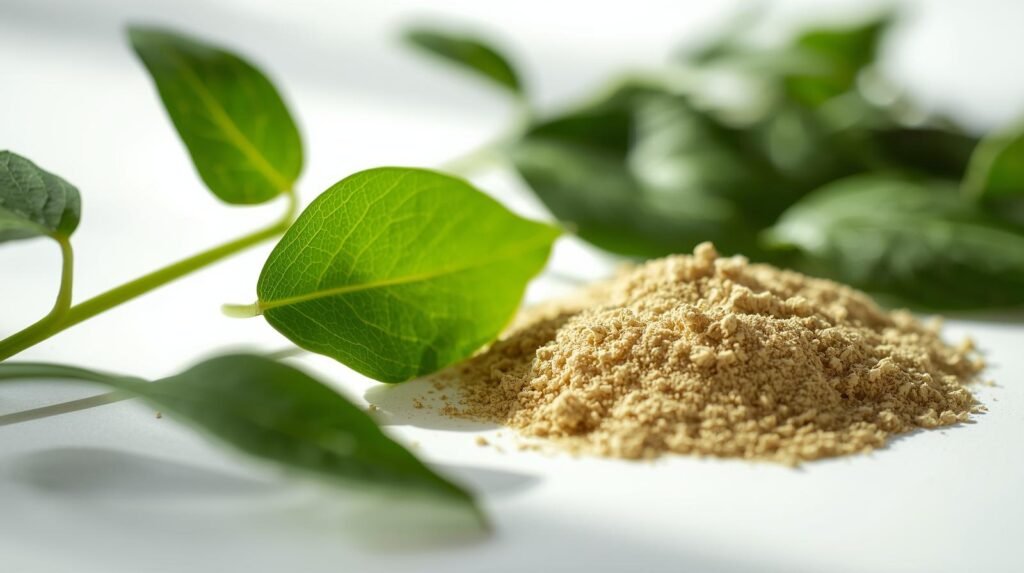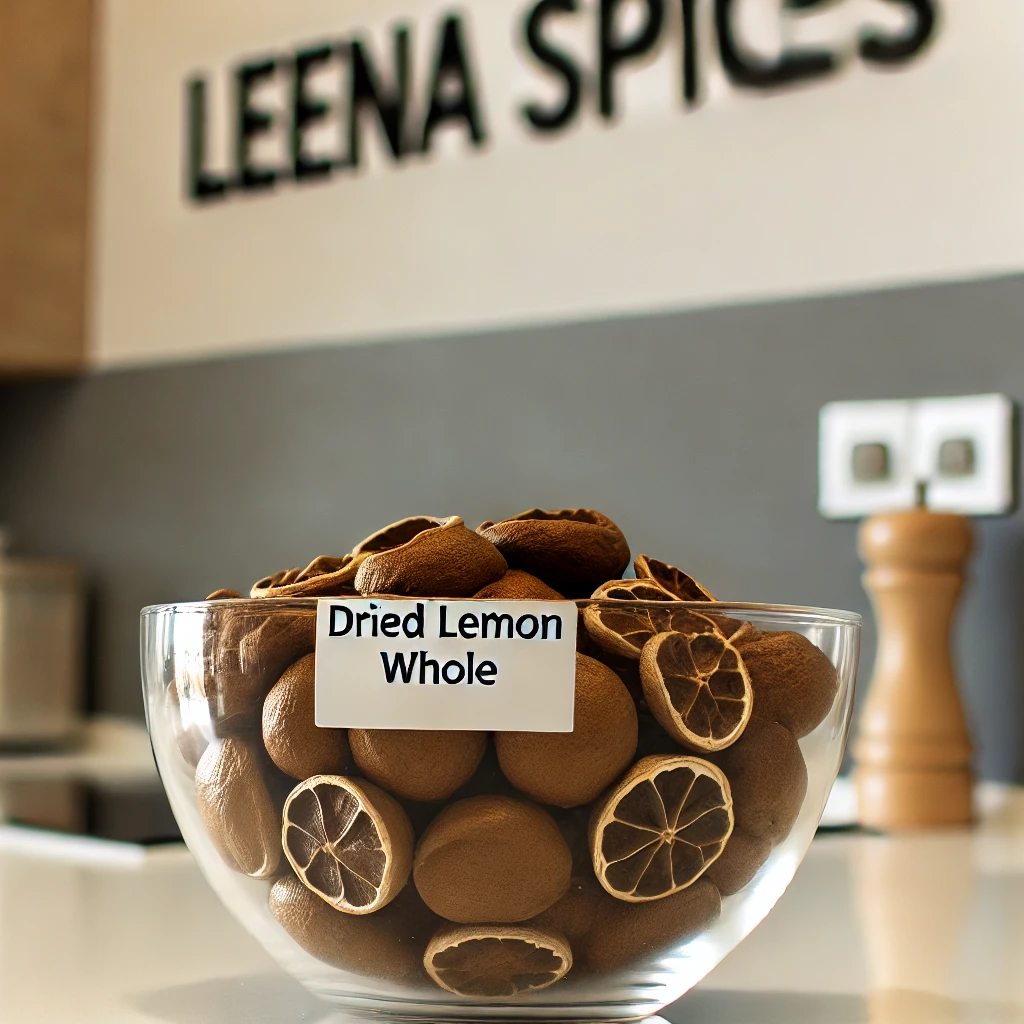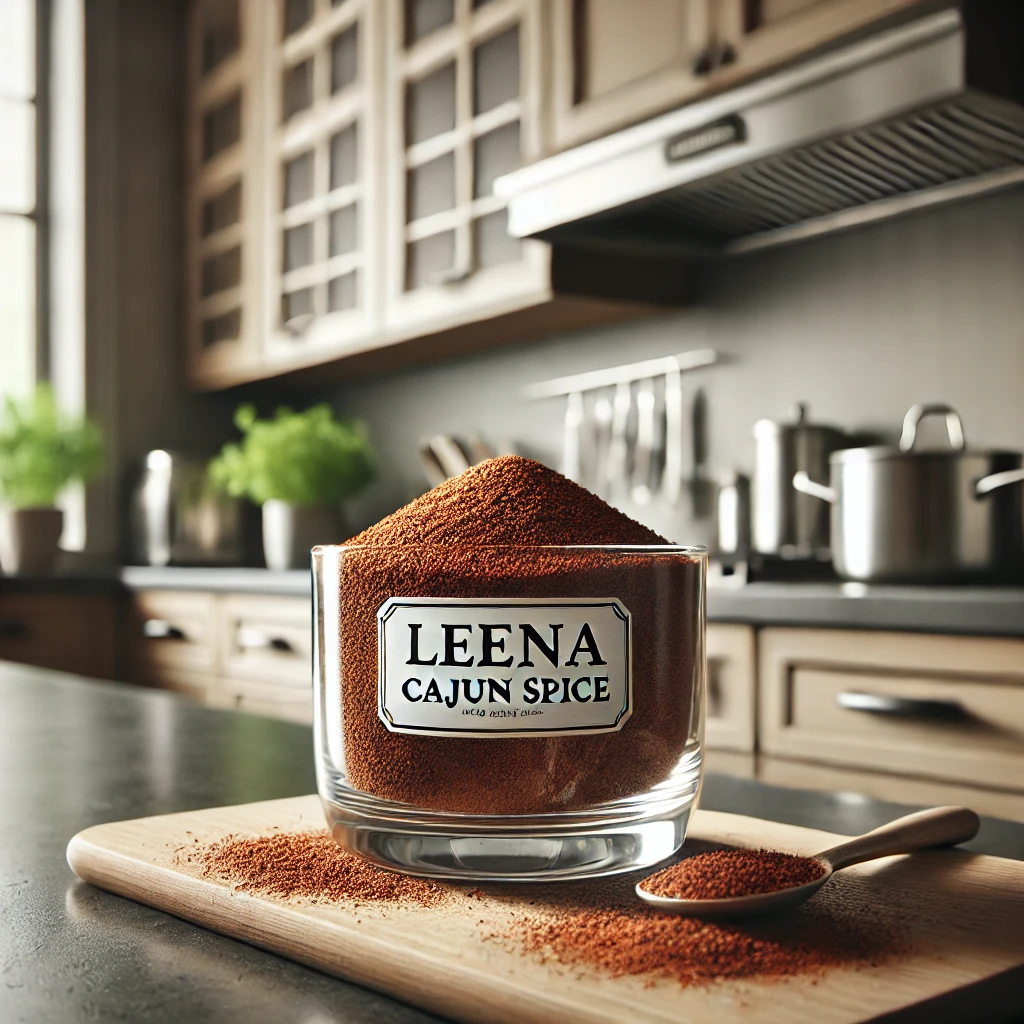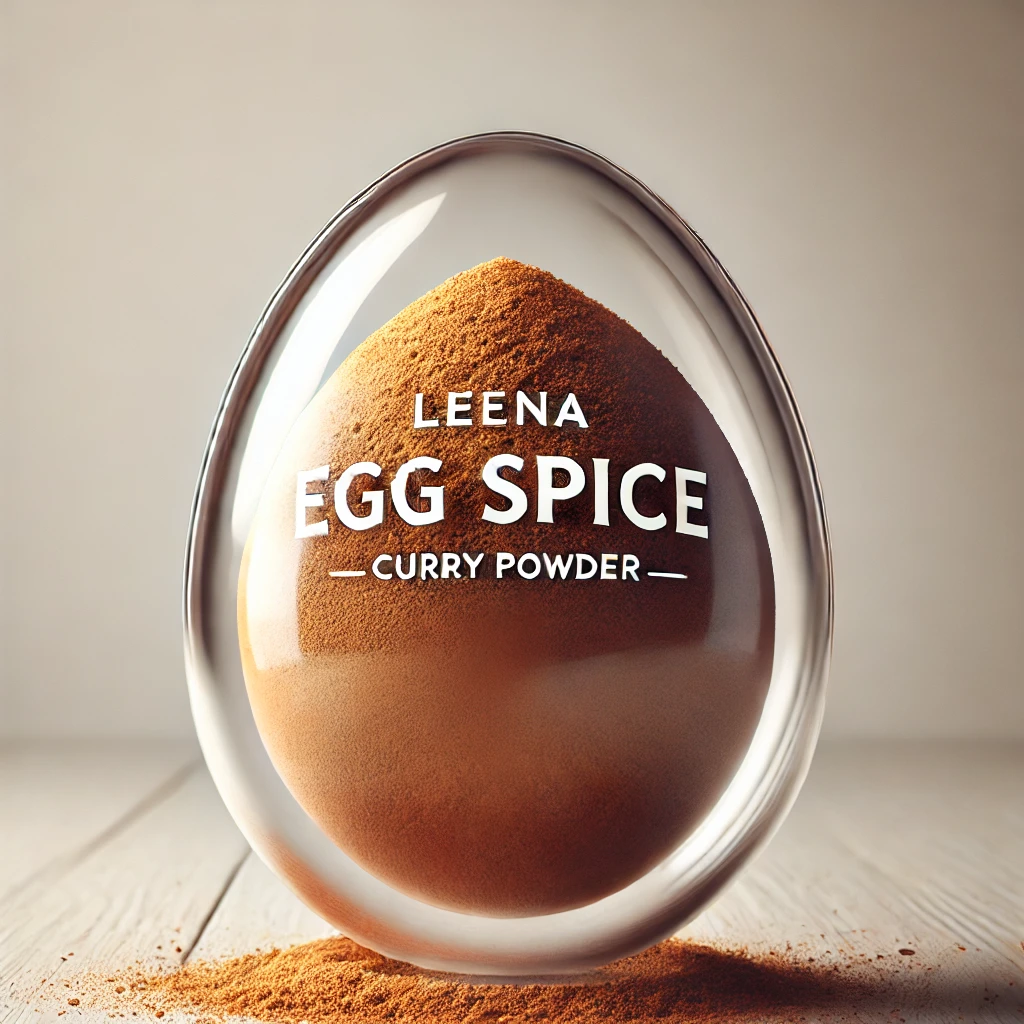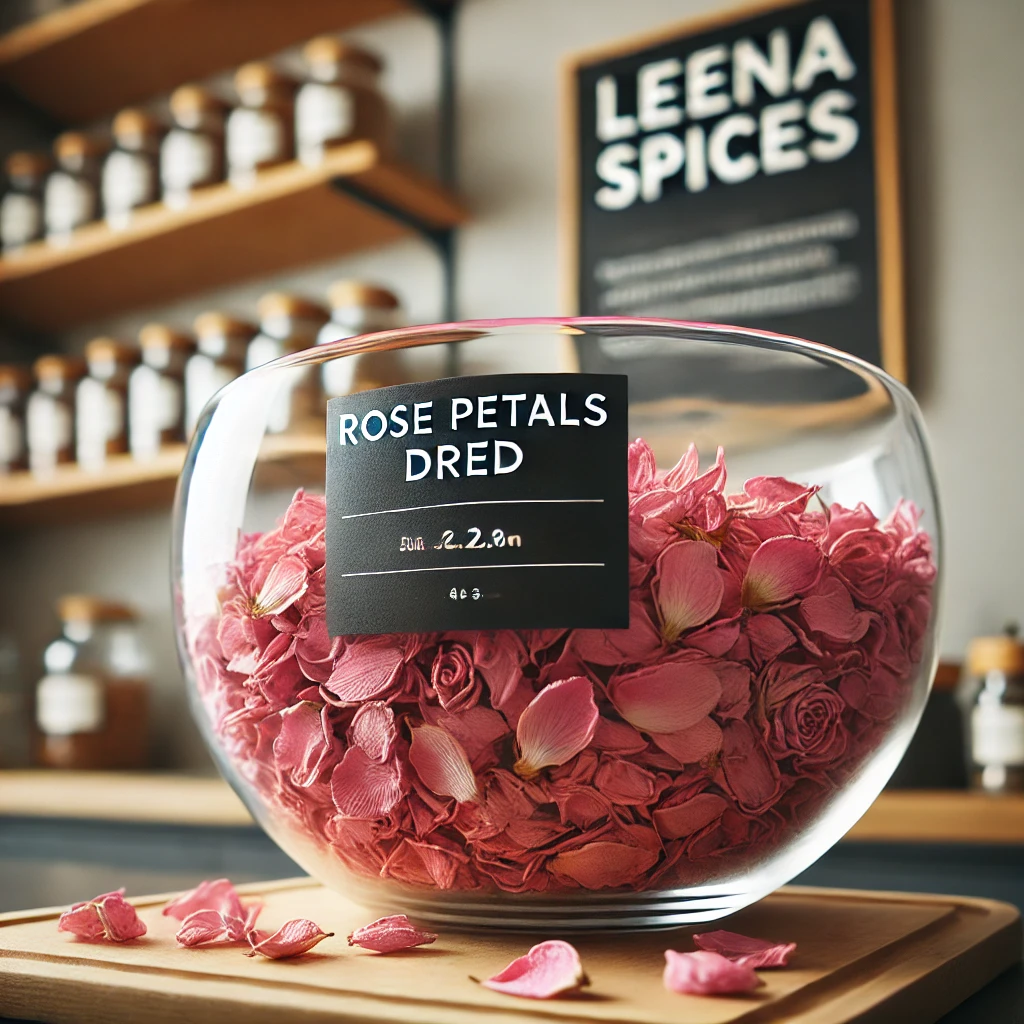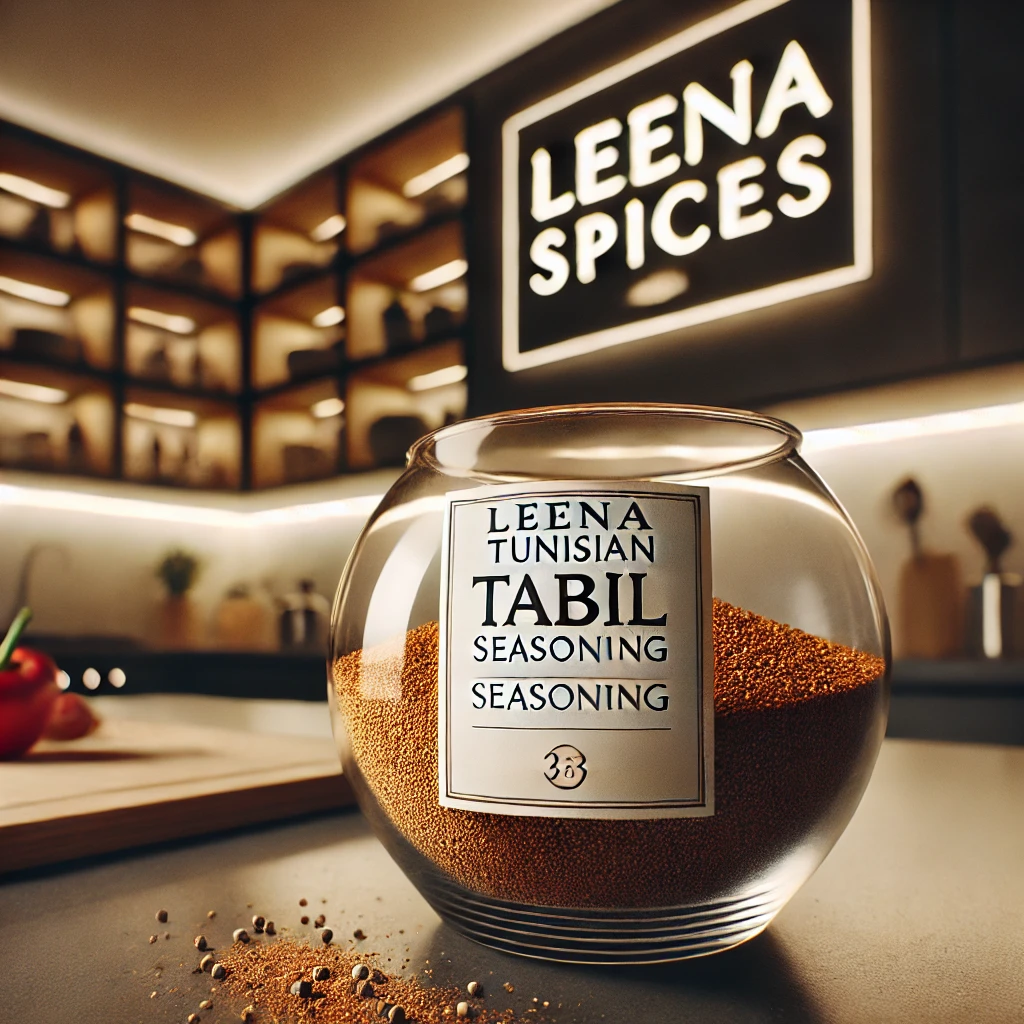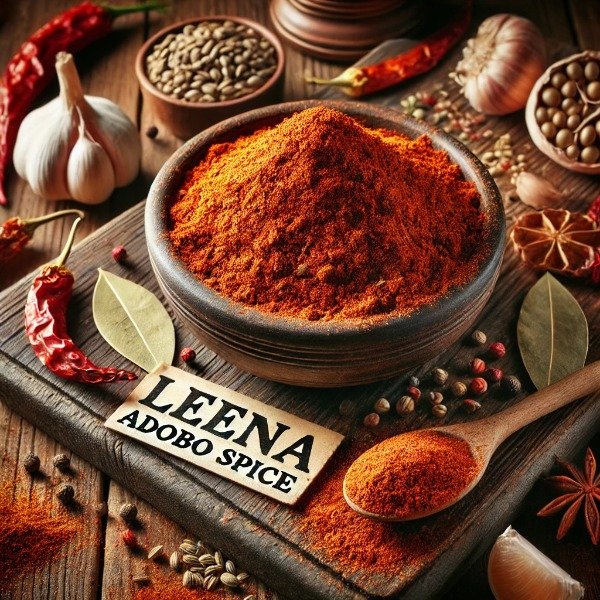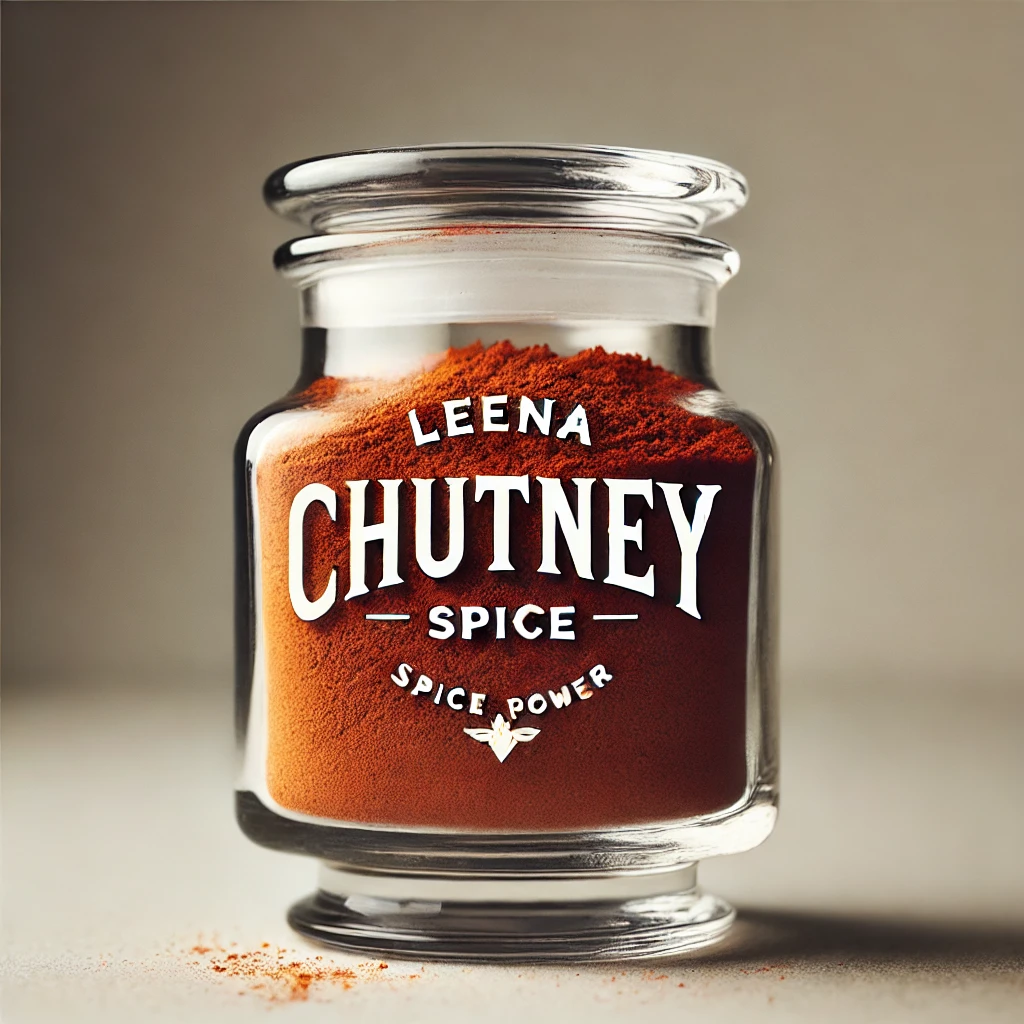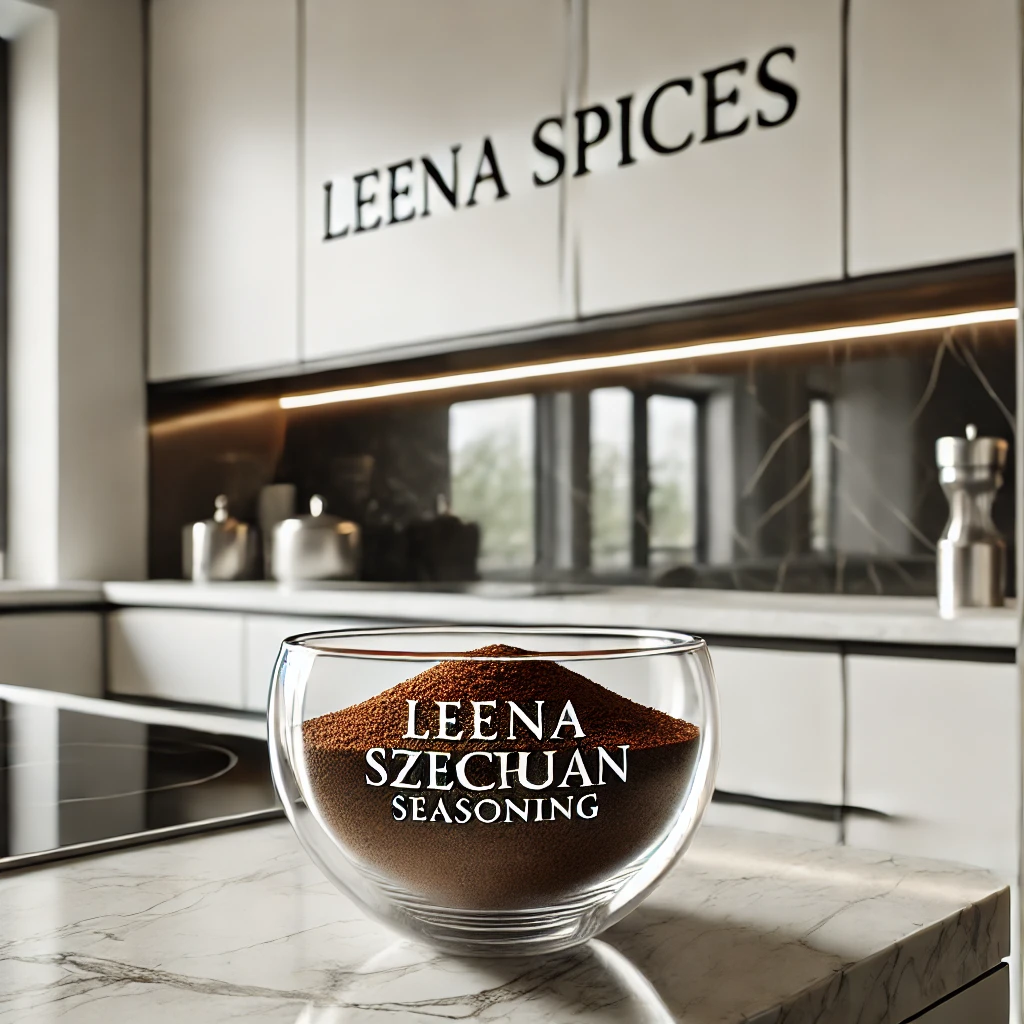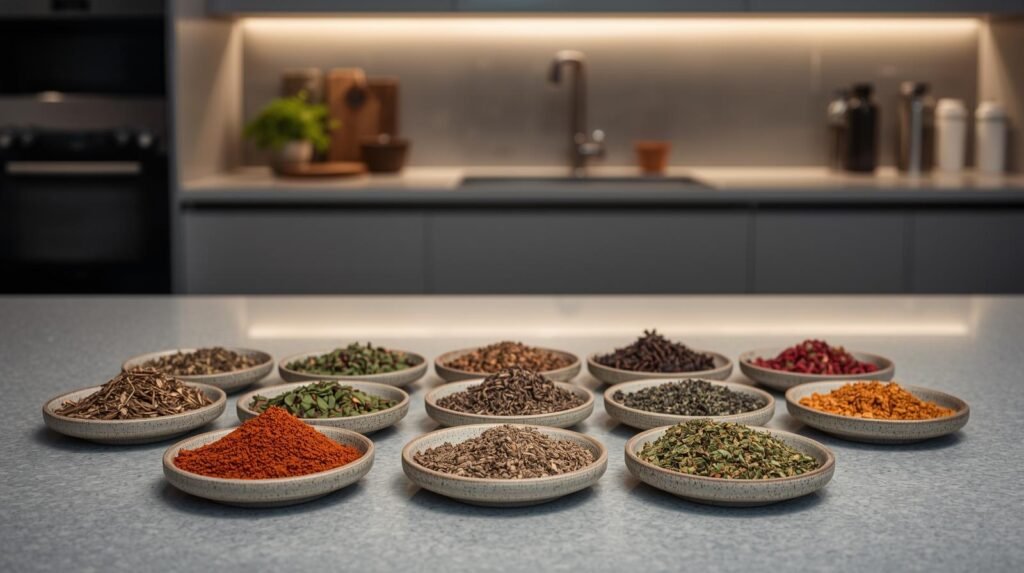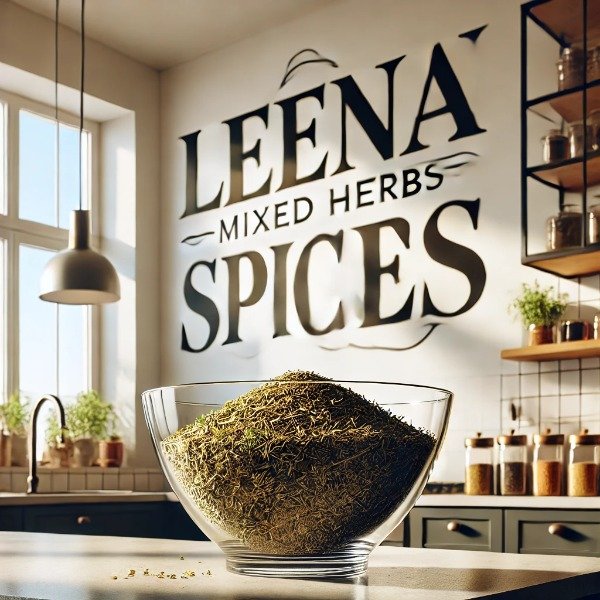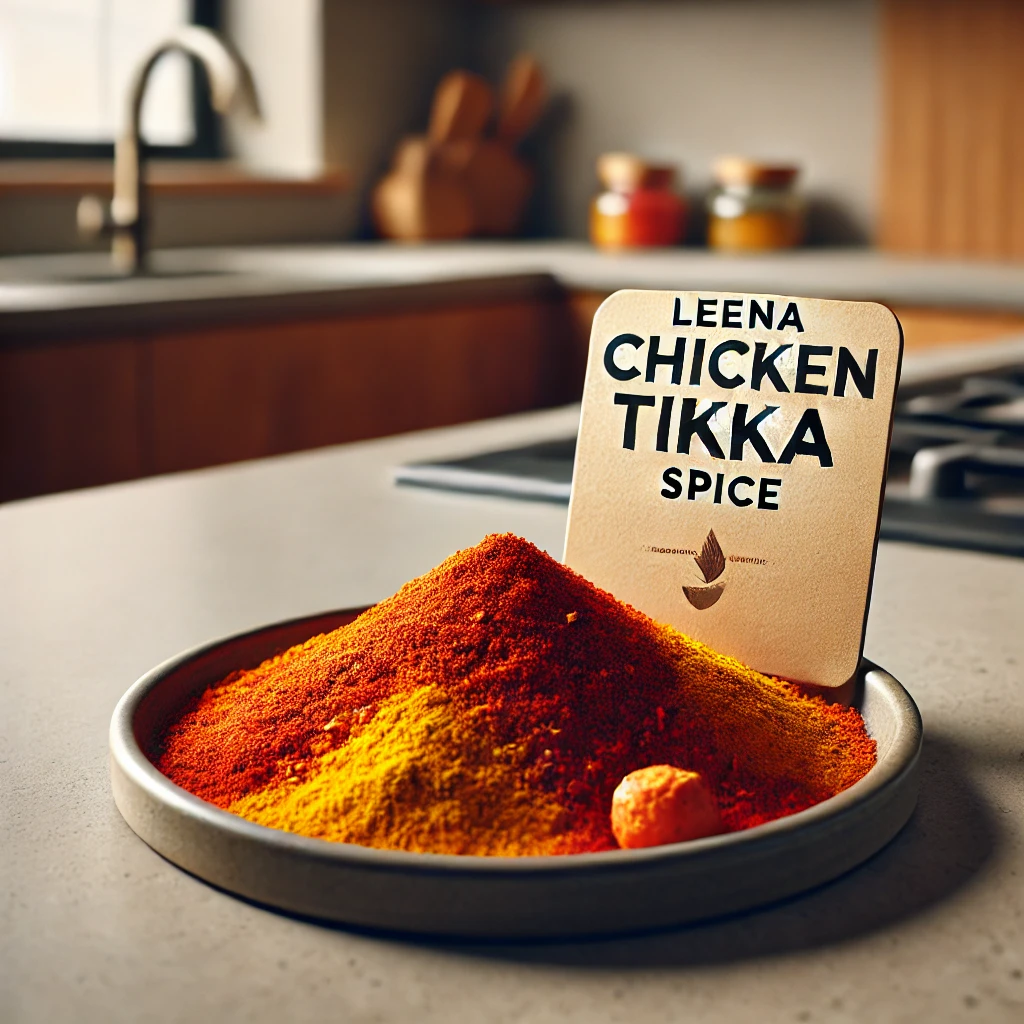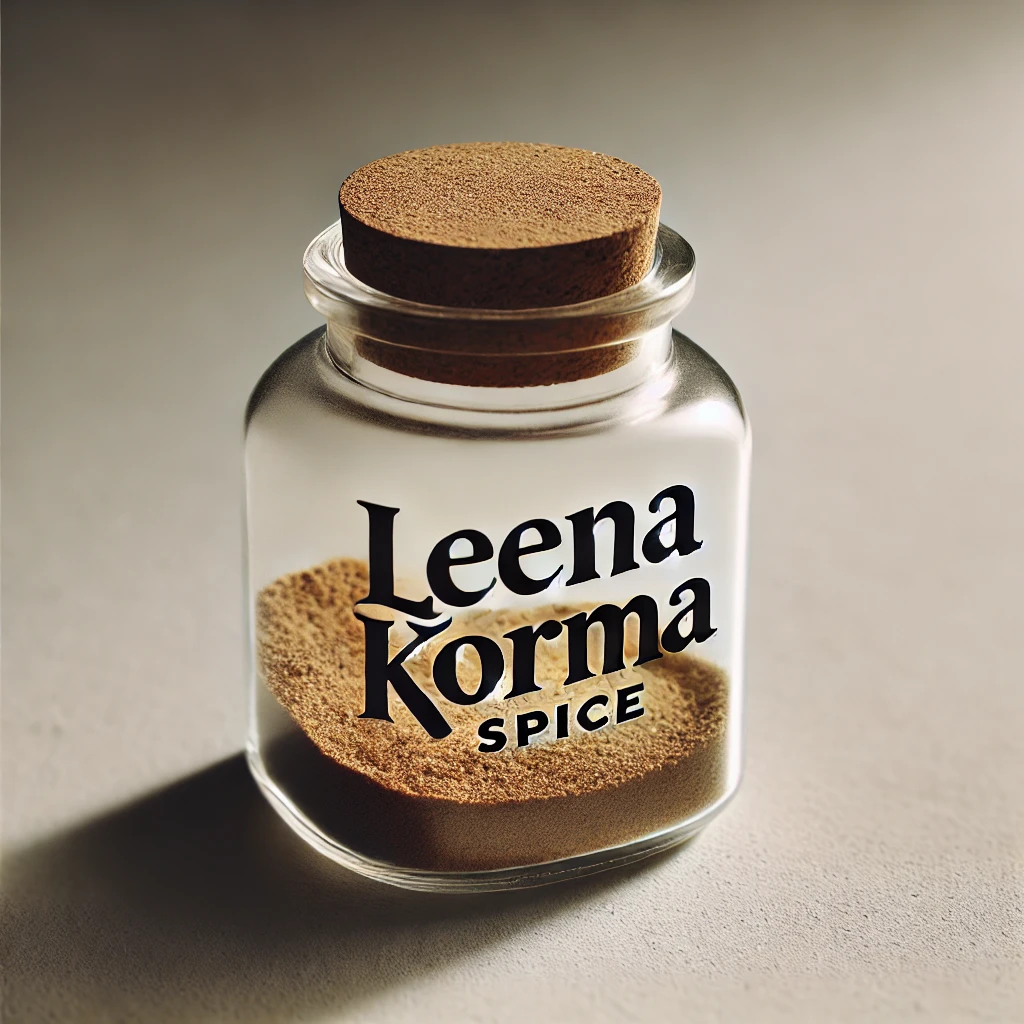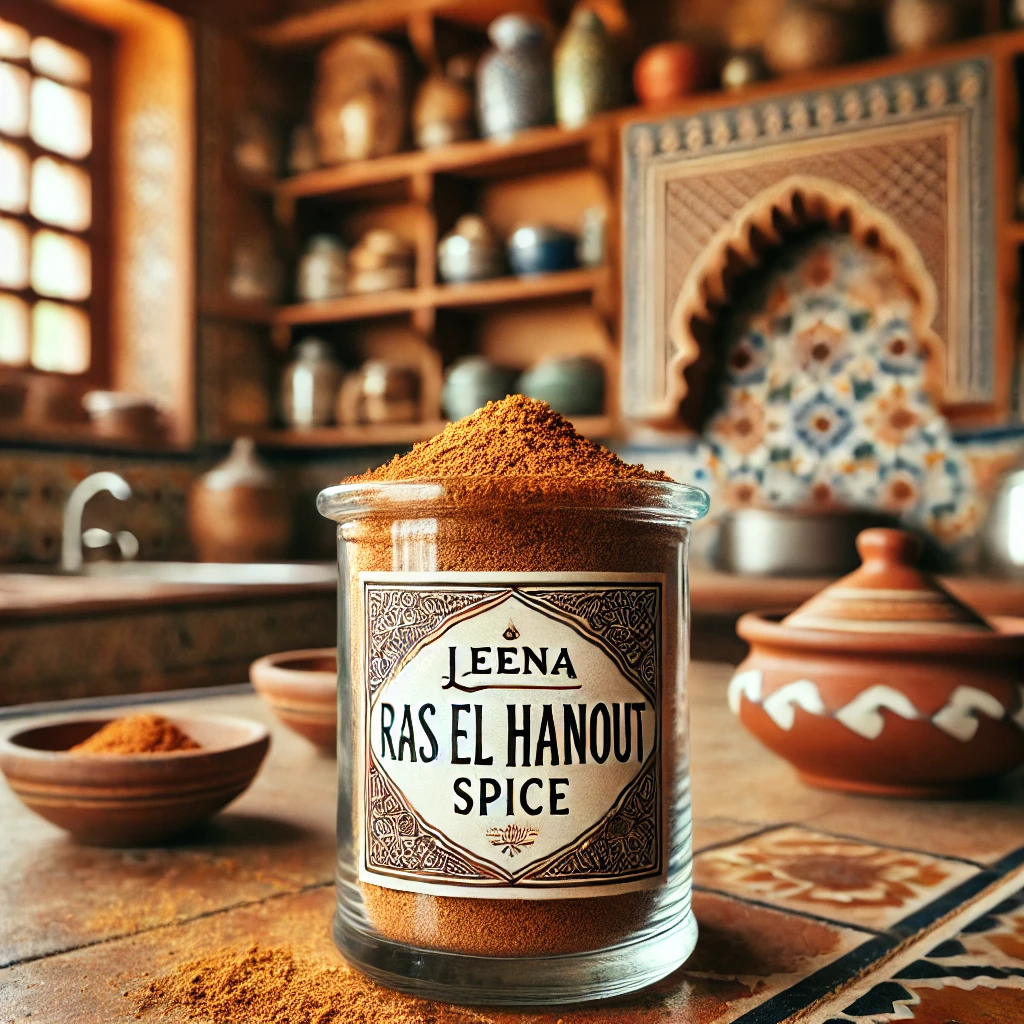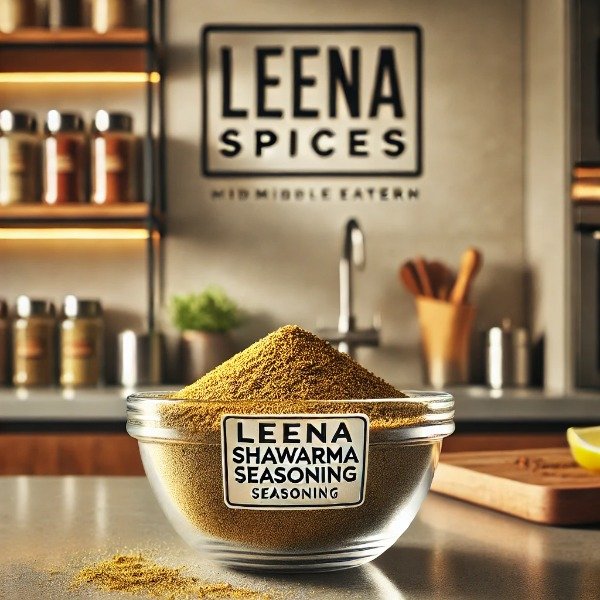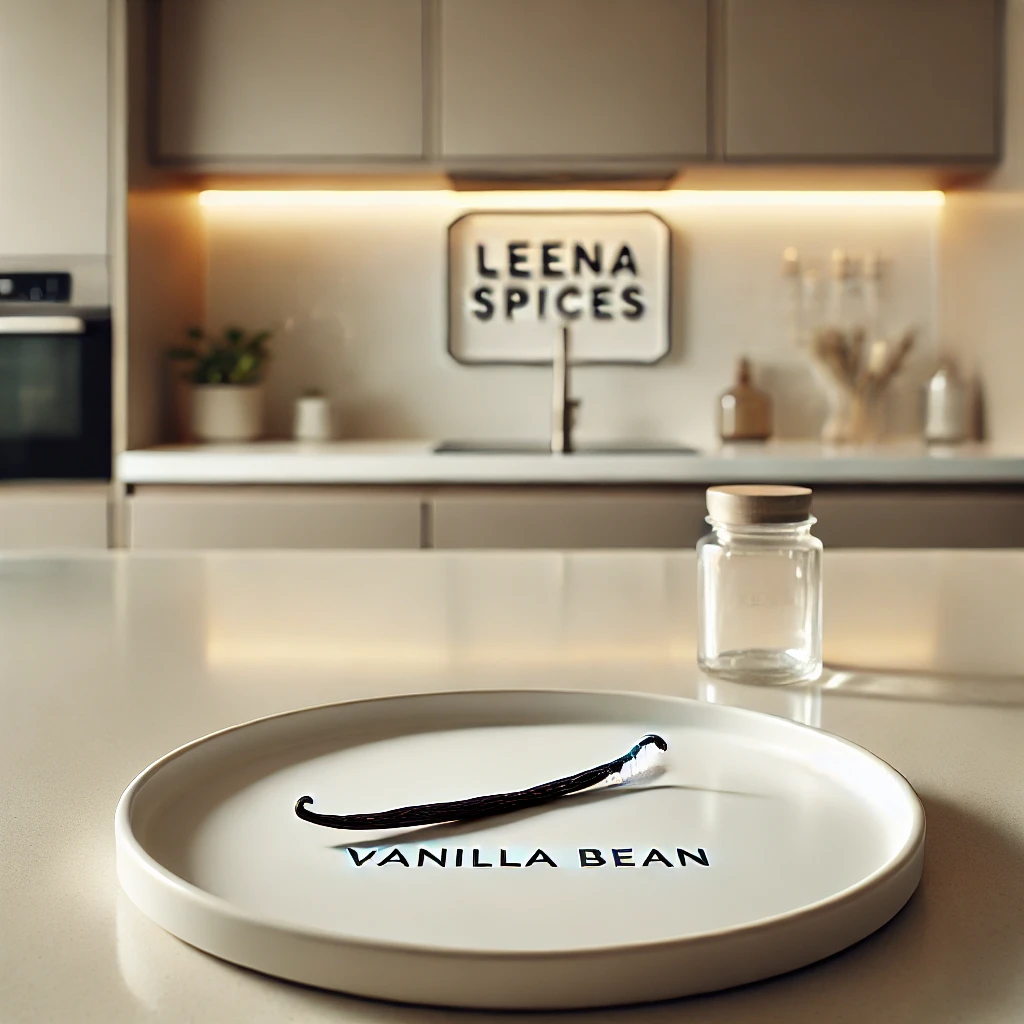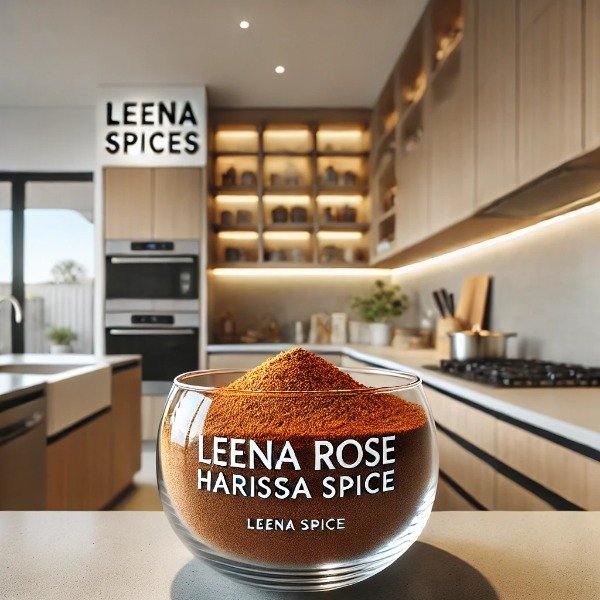What is Pumpkin Spice Myths and Facts
Table of Contents
1. Introduction
2. What Is Pumpkin Spice?
3. What Does Pumpkin Spice Taste Like?
4. Why Do People Love Pumpkin Spice So Much?
5. What is the history of pumpkin spice?
6. Is Pumpkin Spice Healthy?
7. Why is pumpkin spice controversial or polarizing?
8. What can I use pumpkin spice for besides lattes or pie?
9. Is There a Pumpkin Spice Day Celebrated in the World?
10. Why is pumpkin spice controversial or polarizing?
11. What can I use pumpkin spice for besides lattes or pie?
12. Myths and Facts About Pumpkin Spice
13. Conclusion
Introduction
As we hit mid-August , the whispers of fall are already in the air. Even though the calendar says summer, social media is buzzing with early excitement for pumpkin spice everything. It is that time when the warm, aromatic blend starts infiltrating our lattes and baked goods.
Pumpkin spice is everywhere when the weather cools showing up in lattes, bakes, cereals, candles, and even savoury rubs. Yet for all the buzz, many people still ask what it really is, how it started, and whether it is actually good for you.
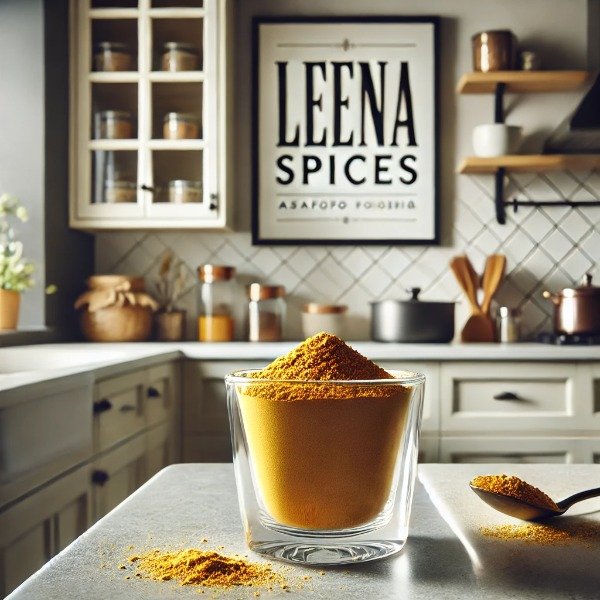
What Is Pumpkin Spice?
Pumpkin spice is not made from pumpkins. Instead, it is a blend of warm, aromatic ground spices traditionally used to enhance pumpkin-based dishes like pies, breads, and muffins. The mix typically includes:
- Cinnamon – the dominant flavor, sweet and woody.
- Nutmeg – slightly sweet with nutty undertones.
- Ginger – adds warmth and a mild heat.
- Cloves – intense, sharp, and slightly bitter.
- Allspice – earthy, with hints of pepper and nutmeg.
The exact ratios can vary, but most blends are heavy on cinnamon with smaller amounts of the other spices for balance.
What Does Pumpkin Spice Taste Like?
Pumpkin spice is a warm, aromatic blend of spices that creates a comforting and complex flavor profile. It typically combines cinnamon, nutmeg, ginger, cloves, and allspice, each contributing distinct characteristics.
- Cinnamon adds a sweet, woody warmth that forms the backbone of the blend.
- Nutmeg introduces a slightly nutty, earthy note with subtle sweetness.
- Ginger brings a mild spiciness and warmth, balancing the sweeter spices.
- Cloves contribute a strong, aromatic depth with a hint of bitterness.
- Allspice adds a subtle peppery and clove-like flavor, rounding out the blend.
The overall taste is warm, slightly sweet, and mildly spicy, reminiscent of traditional autumn desserts and holiday baking. Despite its name, pumpkin spice does not contain pumpkin, but it is designed to enhance pumpkin-based recipes, giving them a richer, more complex flavor.
In practical terms, the blend is versatile: it works in sweet dishes like pies and muffins, but also in savory applications, such as roasted vegetables or spiced meats, where it adds depth without overwhelming other flavors.
This balance of warmth, sweetness, and subtle spice is what makes pumpkin spice instantly recognizable and appealing across a variety of culinary uses.
Why Do People Love Pumpkin Spice So Much?
The appeal of pumpkin spice goes beyond its taste; it combines psychological, cultural, and sensory factors that make it highly appealing.
1. Seasonal Associations:
Pumpkin spice is strongly linked to autumn and holidays like Halloween and Thanksgiving. This seasonal connection triggers positive memories and feelings of comfort, warmth, and nostalgia. When we taste or smell the blend, our brain recalls cozy moments, creating an emotional attachment.
2. Aroma and Brain Chemistry:
The scent of pumpkin spice stimulates the brain in ways that enhance mood. Studies show that aromatic spices like cinnamon, nutmeg, and clove can trigger the release of neurotransmitters associated with happiness and relaxation. The familiar, warm aroma can feel reassuring and comforting.
3. Limited Availability and Anticipation:
Pumpkin spice is mostly marketed during a short seasonal window, which creates scarcity. Psychologically, humans often desire things that feel limited, a concept called “reactance.” The anticipation of seasonal products increases excitement and enjoyment when they are finally available.
4. Marketing and Cultural Influence:
Retailers and cafes, notably Starbucks with their Pumpkin Spice Latte, have made pumpkin spice a cultural phenomenon. Its presence in advertisements, social media, and merchandise reinforces the association with fall and indulgence, increasing its popularity.
5. Versatility:
Finally, pumpkin spice is highly versatile, enhancing both sweet and savory dishes. Its ability to improve flavors without overwhelming them makes it a favorite among home cooks and professional chefs alike.
In summary, people love pumpkin spice not just for its flavor, but for the emotional, sensory, and cultural experience it provides—a blend of taste, aroma, nostalgia, and seasonal excitement.
What is the history of pumpkin spice?
1. Early Spice Blends in Europe:
The origins of pumpkin spice trace back to medieval Europe, where combinations of cinnamon, nutmeg, ginger, cloves, and other aromatic spices were commonly used in both sweet and savory dishes. These spices were considered luxurious and exotic, often reserved for special occasions.
2. Pumpkin in Early American Cuisine:
When pumpkins became a staple in early American diets, especially in New England, cooks began pairing pumpkin with these warm spices. One of the earliest recorded pumpkin recipes appeared in American cookbooks in the late 1700s, including pumpkin pies flavored with cinnamon and nutmeg.
Pumpkin spice is now deeply embedded in American fall culture, but it has also sparked debate. Some view it as a marketing gimmick, while others genuinely enjoy the seasonal flavor.
Is Pumpkin Spice Healthy?
Pumpkin spice, in its pure form as a blend of ground spices, offers several health benefits, but context matters depending on how it is used.
1. Health Benefits of the Spices:
- Cinnamon: Contains antioxidants and may help regulate blood sugar.
- Ginger: Supports digestion and has anti-inflammatory properties.
- Nutmeg: In small amounts, it can aid sleep and digestion.
- Cloves: Rich in antioxidants and have antimicrobial properties.
- Allspice: Provides anti-inflammatory compounds and a warm, comforting flavor.
Spice | Health Benefit | Potential Drawback |
Cinnamon | Regulates blood sugar | High doses may irritate stomach |
Ginger | Aids digestion | Can cause heartburn in excess |
Nutmeg | Improves sleep | Toxic in large amounts |
Cloves | Antioxidant, antimicrobial | Strong flavor may be overpowering |
Allspice | Anti-inflammatory | Overuse can dominate other flavors |
2. Potential Drawbacks:
Many commercial pumpkin spice products, like lattes, syrups, and baked goods, contain high amounts of sugar and calories. For example, a standard pumpkin spice latte can have over 50 grams of sugar, which can counteract the benefits of the spices. Additionally, excessive use of nutmeg can be toxic, though typical culinary amounts are safe.
3. Healthier Alternatives:
- Make homemade pumpkin spice blends and control the quantity added to recipes.
- Use unsweetened milk or yogurt instead of sugar-heavy drinks.
- Incorporate pumpkin spice into savory dishes like roasted vegetables or spice rubs for meats to enjoy flavor without added sugar.
In conclusion, pumpkin spice itself is healthy, but the nutritional impact depends on the recipes and products it is added to. Opting for homemade blends and mindful usage maximizes benefits while minimizing drawbacks.
Is There a Pumpkin Spice Day Celebrated in the World?
Yes! National Pumpkin Spice Day is celebrated in the United States every October 1st. This unofficial holiday was created to celebrate the iconic autumn flavor and its return to stores and cafes each fall.
It coincides with the beginning of the fall season in the Northern Hemisphere, when pumpkin spice products typically hit shelves—most notably Pumpkin Spice Lattes, baked goods, and seasonal treats.
How People Celebrate:
- Cafes and restaurants release seasonal drinks and desserts.
- Social media buzzes with recipes, memes, and autumn-themed posts.
- Home cooks often make pumpkin spice blends, pies, muffins, or spiced beverages.
Why is pumpkin spice controversial or polarizing?
Pumpkin spice elicits strong opinions, and its popularity comes with both admiration and criticism. Here is why it is so polarizing:
1. Over-Commercialization:
The rise of pumpkin spice beyond traditional pies. especially through products like the Pumpkin Spice Latte (PSL) has made it a marketing icon. Some people enjoy it as a cozy seasonal treat, while others see it as a symbol of excessive commercialization, prompting backlash and memes about “pumpkin spice obsession.”
2. Seasonal Hype and Scarcity:
Pumpkin spice products are mostly available in the fall, which can create a psychological effect known as reactance—people desire it more because it’s limited. This limited availability drives enthusiasm in some and frustration in others.
3. Flavor Preferences:
While many find pumpkin spice warm, comforting, and nostalgic, others perceive the blend of cinnamon, nutmeg, ginger, and cloves as overpowering or artificial, especially in drinks and desserts laden with sugar. Taste alone can be a polarizing factor.
4. Cultural Associations:
Pumpkin spice is strongly tied to American fall holidays like Thanksgiving and Halloween. Some people love the seasonal tradition, while others see it as culturally overhyped, particularly outside the U.S.
What can I use pumpkin spice for besides lattes or pie?
While pumpkin spice is most famously associated with lattes, pies, and muffins, its warm, aromatic blend of cinnamon, nutmeg, ginger, cloves, and sometimes allspice can enhance a wide variety of dishes—both sweet and savory. Here are some ideas:
1. Baking Beyond Pie:
- Muffins, scones, and cookies: Add 1–2 teaspoons of pumpkin spice to your batter for a warm, autumnal flavor.
- Bread and pancakes: Sprinkle into pancake or quick-bread batter for subtle spiced notes.
2. Savory Cooking:
- Roasted vegetables: Mix pumpkin spice with olive oil to season squash, carrots, or sweet potatoes.
- Spice rubs for meat: Combine with salt and pepper for poultry or pork to create a slightly sweet, aromatic crust.
3. Breakfast and Snacks:
- Oatmeal and porridge: Stir in a pinch for added warmth and aroma.
- Yogurt or smoothie bowls: Sprinkle on top for a cozy, flavorful touch.
- Granola: Enhance homemade granola with pumpkin spice for seasonal flair.
4. Beverages Beyond Lattes:
- Hot chocolate: Add a pinch to your cocoa for a fall-inspired twist.
- Cocktails: Rim glasses of cider or rum-based drinks with pumpkin spice sugar.
5. Creative Uses:
- Popcorn: Toss with melted butter and a little sugar for a sweet-savory snack.
- Dessert toppings: Sprinkle on ice cream, pudding, or roasted nuts.
User Tip:
Pumpkin spice works best in moderation, start with small amounts and adjust to taste. Its warmth and aroma can enhance both sweet and savory dishes, making it a versatile addition to your pantry year-round.
Myths and Facts About Pumpkin Spice
Myth 1: Pumpkin spice contains pumpkin.
Fact: Despite the name, pumpkin spice contains no pumpkin at all. It is a blend of warm spices, typically cinnamon, nutmeg, ginger, cloves, and sometimes allspice.
Myth 2: Pumpkin spice is a modern invention.
Fact: While commercially popularized in the 2000s, pumpkin spice blends date back to 18th-century American cookbooks and European spice traditions used in autumn baking.
Myth 3: Pumpkin spice is only for sweet recipes.
Fact: Pumpkin spice works in savory dishes too, such as roasted vegetables, spice-rubbed meats, soups, and sauces. Its warm flavors add depth to many non-sweet preparations.
Myth 4: Pumpkin spice is unhealthy.
Fact: The spices themselves—cinnamon, nutmeg, ginger, cloves—offer antioxidants and anti-inflammatory benefits. The health concern usually comes from pre-made drinks and desserts high in sugar and cream. Homemade blends allow control over sugar and fat.
Myth 5: Pumpkin spice is only popular in the U.S.
Fact: Pumpkin spice is most strongly associated with American fall culture, but it is gaining global popularity, appearing in cafes, baked goods, and seasonal products worldwide.
Myth 6: You need Cafes to enjoy pumpkin spice.
Fact: Pumpkin spice is easy to make at home. DIY blends are cheaper, fresher, and allow customization to taste.
Myth 7: Pumpkin spice only works in fall.
Fact: While seasonal marketing promotes it in autumn, pumpkin spice can enhance recipes year-round, from muffins and cakes to roasted vegetables and beverages.
Myth 8: Pumpkin spice is overpowering.
Fact: When used correctly, pumpkin spice is a subtle, warming accent, not a dominant flavor. The ratio of spices can be adjusted to taste.
Myth 9: Pumpkin spice is artificial.
Fact: Traditional pumpkin spice uses natural ground spices. Some commercial products may add artificial flavoring, but authentic blends are purely spice-based.
Myth 10: Nutmeg in pumpkin spice is just for flavor.
Fact: Nutmeg adds aroma and taste, but in large amounts, it can have mild psychoactive effects. Normal culinary use is safe and much lower than harmful levels.
Myth 11: Pumpkin spice is just a trend.
Fact: While marketing has fueled its popularity, the flavor profile has historical roots and is versatile in cooking and baking. Its staying power is due to taste and cultural significance, not just hype.
Myth 12: Pumpkin spice is only for coffee.
Fact: Pumpkin spice is widely used in desserts, breakfasts, cocktails, savory dishes, and even snacks, making it a multi-purpose spice blend.
Conclusion
Pumpkin spice is much more than a seasonal trend. It is a versatile blend of warm, aromatic spices that enhances both sweet and savory dishes. By understanding its ingredients, history, health benefits, and uses, you can enjoy pumpkin spice in a way that’s flavorful, mindful, and homemade. Making your own blend allows you to control the taste and avoid excess sugar or preservatives commonly found in commercial products. Whether in a latte, baked goods, or creative dishes, pumpkin spice adds a cozy, comforting note to your cooking and beverages.
